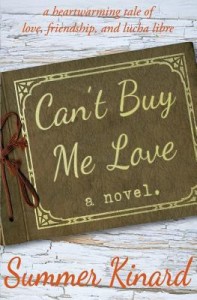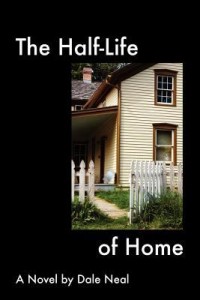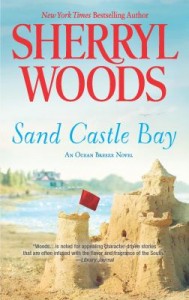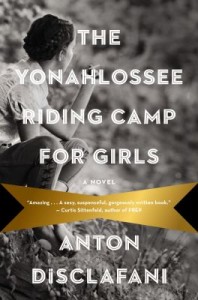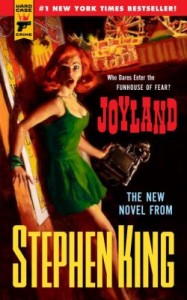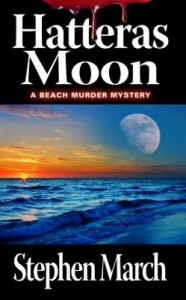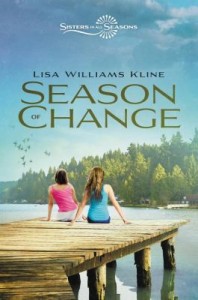 In Season of Change, the fifth and final installment of the Sisters in All Seasons series, Diana and Stephanie have returned with new challenges. The stepsisters overhear fighting between their parents, Lynn and Norm, and Stephanie unwittingly finds a brochure advertising marriage counseling in their bathroom. While the thought of another divorce makes Stephanie distraught and anxious, Diana acts nonchalant and indifferent about the evidence of marital discord. She tells Stephanie not to worry about the conflict. In Diana’s experience, not fighting is much worse than fighting.
In Season of Change, the fifth and final installment of the Sisters in All Seasons series, Diana and Stephanie have returned with new challenges. The stepsisters overhear fighting between their parents, Lynn and Norm, and Stephanie unwittingly finds a brochure advertising marriage counseling in their bathroom. While the thought of another divorce makes Stephanie distraught and anxious, Diana acts nonchalant and indifferent about the evidence of marital discord. She tells Stephanie not to worry about the conflict. In Diana’s experience, not fighting is much worse than fighting.
Soon after the girls suspect trouble, Norm and Lynn announce that they are taking a quick weekend vacation to reconnect and refresh their relationship. They have decided that Stephanie and Diana will stay for the weekend with Lynn’s parents who live on Lake Norman. Stephanie feels uncomfortable with that arrangement. She believes that her presence at Diana’s grandparents will be unwanted and out-of-place since she is their granddaughter through remarriage and not by blood. Her sensitivity is heightened because she is already nursing an open wound. Stephanie’s mother has been consistently unavailable when Stephanie has needed her the most, devoting her time to her new husband, Barry, instead of her daughter. The weekend of Norm and Lynn’s vacation, Stephanie’s mom has a trip to Asheville planned with Barry and she does not intend to cancel it for Stephanie. Meanwhile, Diana faces difficulties with her horse, Commanche, who has gone lame. She visits and cares for the horse, but she cannot ride him and is not certain when he will be well enough to ride again. Diana is also practicing driving, and not without some usual parental stress and novice mishaps.
Throughout the series, Stephanie and Diana’s relationship has been rocky. Neither girl felt they could understand the other; shy and nature-loving Diana and social and artistic Stephanie clashed at first. They each wanted to sever the relationship between Norm and Lynn. Now, with what looks to be another potential divorce, the girls are starting to question their initial desires and to understand that they have grown more attached to each other than they realized. Do they really want to be separated? What will happen when Norm and Lynn return from their weekend vacation? Novelist Lisa Kline has penned another absorbing book in her Sisters in All Seasons series. Diana and Stephanie are relatable characters, and their problems and adolescent milestones – divorce and family strife, boy trouble, summer jobs, driving, and more– are realistically portrayed. This is a great read for teen readers and readers fond of young adult novels to sneak in before the end of the summer.
Check out this title in the UNC-Chapel Hill Library catalog.
To start at the beginning, take a look at the posts written on the previous volumes in the series:

